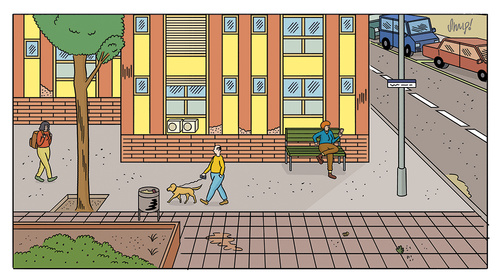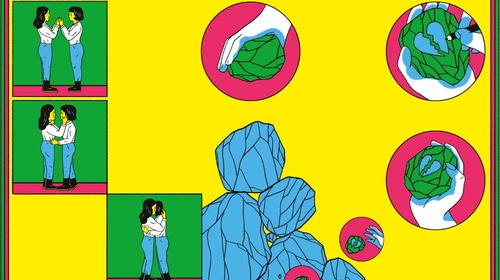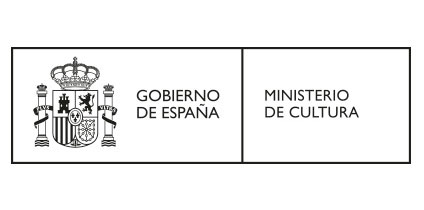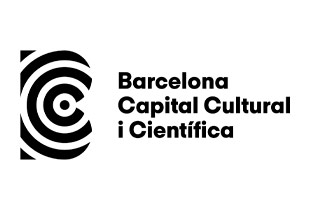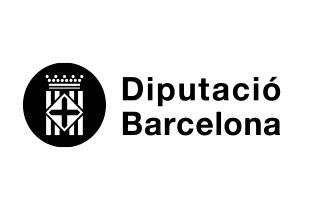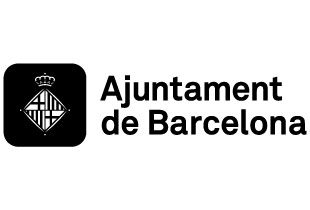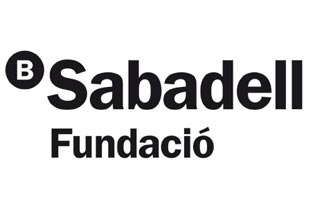Beta Sessions
Virtual Humans Based on Supercomputing. The Future of Medicine Now
With researcher Mariano Vázquez
Courses and workshops
Free with pre-booking
The researcher at the BSC and co-founder and CTO/CSO of the spin-off ELEM Biotech shows how artificial intelligence and supercomputing make it possible to create “virtual humans”, or models to predict biomedical data that can become another tool for support in medical decision-making.
A “virtual human” is the combination of a patient’s data set plus a predictive mathematical model, based both on first principles and artificial intelligence, and a combination of the two. The aim of the model is to predict certain quantities of biomedical interest (as opposed to measuring them experimentally), and ultimately to offer another element of judgment that supports medical decisions in very specific contexts of use.
In the case of the Barcelona Supercomputing Center (BSC), the virtual human is based on mathematical models that are a combination of first principles and artificial intelligence, which, given the high level of complexity, requires the (efficient) use of supercomputing resources. Elem Biotech is the spinoff of the BSC that commercializes a platform of virtual humans both to adapt them to specific patients and to generate synthetically generated cohort populations for in silico clinical trials. The presentation will show examples of the cardiovascular and respiratory systems.
Beta Sessions
This session forms part of a cycle of six informative talks open to the public, in which research teams from the Barcelona Supercomputing Center (BSC) explain the state of their investigation and projects, which also form part of the exhibition AI: Artificial Intelligence. The aim is to learn about the present and future of AI and supercomputing with the help of the scientific community.
This activity is part of AI: Artificial Intelligence, Beta Sessions


